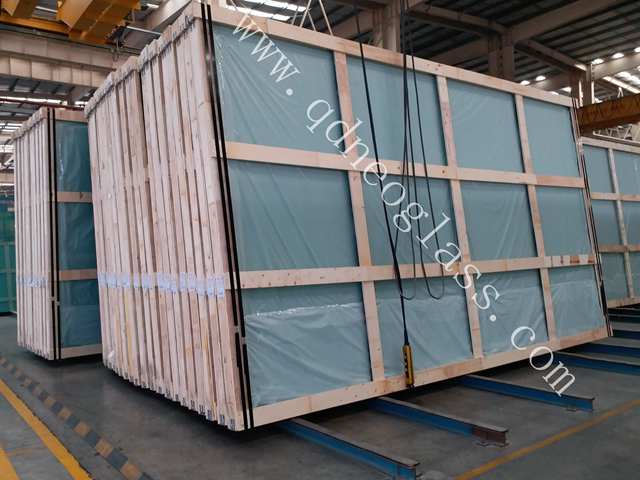Post Time:Feb 05,2018Classify:VIP NewsView:1254
The global float glass market is projected to hit 84 million metric tons by 2020. Potential high demand from automotiveand construction markets is expected to spur this growth. Asia-Pacific is the fastest growing market thanks to rising construction activity, rapid urbanization, and increasing demand for luxury cars, which use more glass than conventional options. Mature markets, such as Europe and North America, are expected to benefit from new energy policies for buildings and laminated glazing.
In 2013, China accounted for about 48 percent of the worldwide glass demand, and this is expected to grow to 52 percent in 2018. Traditionally, high demand for flat glass has been identified with Japan, Western Europe, and North America. Today, China is the largest national glass market in the world. Many manufacturers in China are geared to create products that meet the Western production level and environmental standards. This adaptation is expected to change the face of the Chinese glass industry in the next ten years.
In the glass industry, North America is the strongest market, and manufacturers anticipate an increased demand for glass and its products. The primary markets that show a steady demand include residential, commercial, and automotive, and they are expected to demand even more glass in the coming years. The emerging energy market is projected to be a lucrative opportunity for industry players, with increasing use in e-glass, solar panels, and photovoltaic modules representing a key factor in driving growth.
Industry experts anticipate glass industry markets in Russia and some South American countries to remain slow due to economic issues. The economies of many countries in Africa are under equipped, but Africa remains a region of growth potential. Political uncertainties in several African and South American countries are posing risks that may destabilize markets in those areas. However, many companies in these areas are expected to look into creating partnerships with major industry players in mature markets.
Manufacturing and production companies make up part of the robust force that is driving the growth in the glass industry. More companies are poised to emerge to meet the high demand in automotive and construction industries with products such as double-thick glasses, hybrid guide plate, lightweight glazing glass, and solar control glazing glasses. With more mergers and acquisitions comes additional growth.
Flat glass is the major material that is used in the production of windows, windscreens, photovoltaic modules, solar panels, and facades. The demand for these products is high, with a predicted growth in the glass industry forecasted at a CAGR of 5.5 percent from 2016 to 2021.

Source: cmsna.comAuthor: S. Hillis
PrevOffice Design – Moving from Lean to Green
Glass Leader Industry Profitability is increasing stably Next